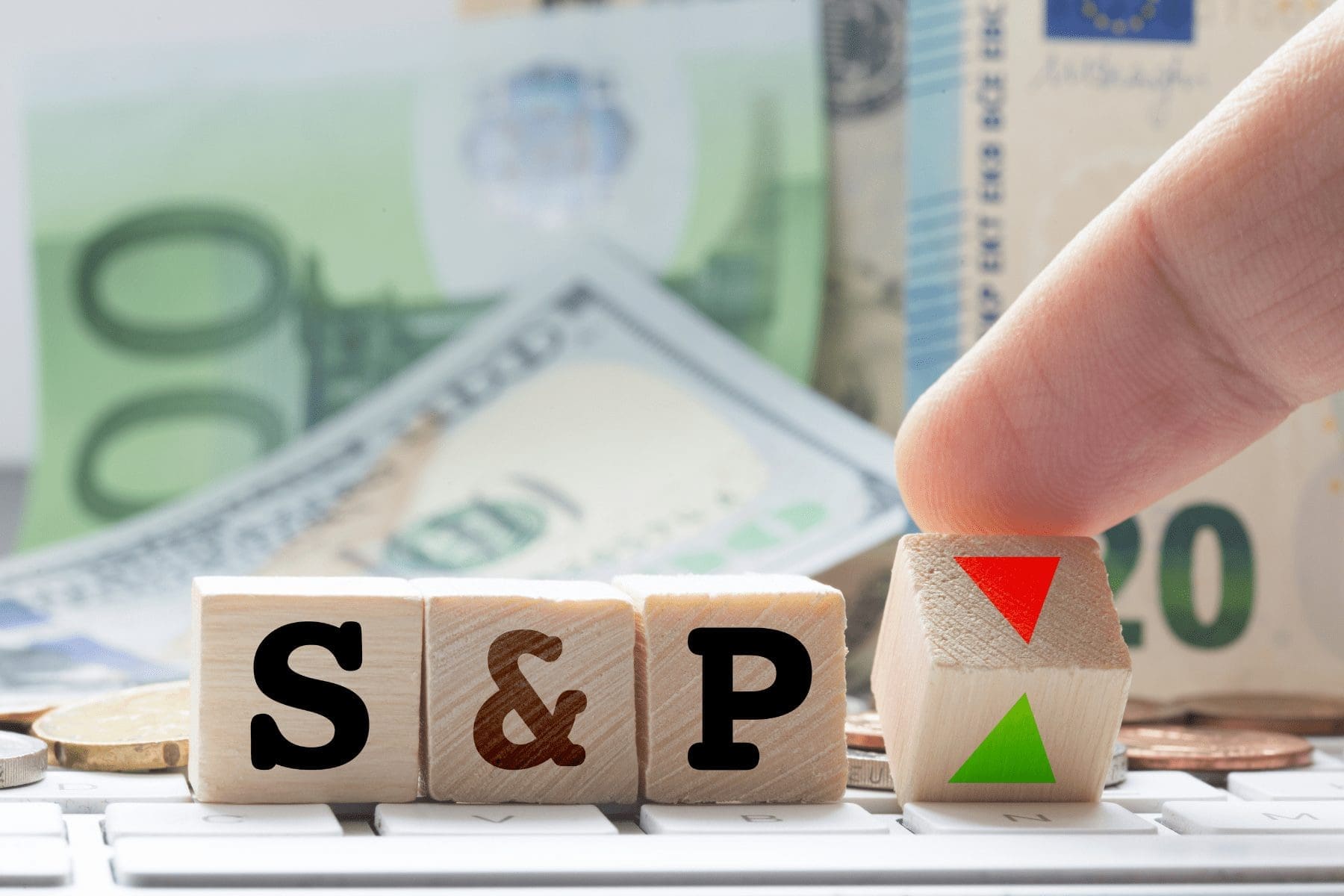Another piece to this puzzle that bears consideration is the insurance carrier’s financial strength or ability to pay out claims, if necessary. Many insurance buyers take this aspect for granted. Widespread disasters like hurricanes or wildfires can test an insurance carrier’s financial strength. Insurance carriers with poor financial strength can go bankrupt due to these disasters.
There are several rating agencies, each with its own criteria and rating system. In other words, ratings may not be consistent across all agencies, and an A+ rating may be high for one agency but not as impressive for another. While each rating agency uses its criteria, they will commonly evaluate a carrier’s financial performance, management performance, strategy, market size, and vulnerability to disasters, among many others.
AM Best
AM Best is one of the best-known independent credit rating agencies for insurance companies. They have been in business since 1899 and operate not just in the United States but internationally. Insurance is the only industry they provide ratings for, and you will often see insurance carriers tout their AM Best rating in marketing materials.
They issue several credit-related ratings, including the Financial Strength Rating (FSR). The FSR is essentially the opinion of AM Best and represents the insurance carrier’s ability to meet policy and contractual obligations. AM Best has the following designations for its FSR:
- Superior: A++, A+
- Excellent: A, A-
- Good: B++, B+
- Fair: B, B-
- Marginal: C++, C+
- Weak: C, C-
- Poor: D
It should be noted that E and F are designations, not ratings. These letters indicate that the insurance carrier has been publicly placed into conservation/rehabilitation (E) or liquidation (F).
In addition to the rating, AM Best will also provide an opinion outlook. This opinion generally looks ahead about three years and is either positive, negative, or stable:
- A positive outlook shows that the insurance carrier is experiencing favorable trends. If these trends continue, the rating could be upgraded.
- A negative outlook shows that the insurance carrier is experiencing negative trends. If these trends continue, they could be downgraded.
- A stable outlook shows the insurance carrier is experiencing tough conditions, and the rating is unlikely to change.
Ratings are determined initially and updated periodically. The rating can be changed, withdrawn, or suspended at any time. Ratings can be found by subscribing to AM Best, but most insurance carriers will have ratings on their website, marketing materials, or annual reports.
Big Three Financial Strength Rating Agencies
AM Best is one of the better-known rating agencies for insurance carriers but is by no means the only one or the most accurate. In no particular order, the big three credit rating agencies are Fitch Ratings (Fitch), Moody’s, and Standard & Poor’s. These agencies also provide credit ratings of insurance carriers.
Fitch
Fitch is one of the traditional big three raters. The big three look not just at the insurance industry but all industries. Fitch has been in business since 1914, and its rating system is as follows: AAA, AA+, AA, AA-, A+, A, A, BBB+, BBB, BBB-, BB+, BB, BB-, B+, B, B-, CCC+, CCC, CCC-, CC, C, and D.
Please note that this is not a like-to-like comparison with AM Best, as the criteria will differ. Under the Fitch rating system, anything rated BBB and up is considered investment-grade, while anything rated BB or below is non-investment-grade.
Moody’s
Moody’s is another of the big three for all industries. They were founded in 1909, and their rating system is as follows: Aaa, Aa1, Aa2, Aa3, A1, A2, A3, Baa1, Baa2, Baa3, Ba1, Ba2, Ba3, B1, B2, B3, Caa1, Caa2, Caa3, Ca and C. Anything Moody’s-rated Baa3 and up is considered investment-grade, while anything rated Ba1 or below is considered speculative or non-investment-grade.
Standard & Poor’s
Standard & Poor’s, founded in 1860, is the third and oldest of the big three and looks at all industries. Their ratings are as follows: AAA, AA+, AA, AA-, A+, A, BBB, BB, B, CCC, CC, C, R, SD, and D. Anything Standard & Poor’s-rated BBB and above are considered investment-grade, while anything rated BB and below is speculative or non-investment-grade.Because these rating agencies are all making an opinion, it is worth looking into other agencies, mainly because they often disagree. However, it is essential to note that, while some of the scales may use the same rating, they don’t necessarily mean the same thing. Take a flat A rating, for example. This is their third-highest rating for AM Best, but it is just the sixth-highest for Fitch and Standard & Poor’s.
Another piece to this puzzle that bears consideration is the insurance carrier’s financial strength or ability to pay out claims, if necessary. Many insurance buyers take this aspect for granted. Widespread disasters like hurricanes or wildfires can test an insurance carrier’s financial strength. Insurance carriers with poor financial strength can go bankrupt due to these disasters.
There are several rating agencies, each with its own criteria and rating system. In other words, ratings may not be consistent across all agencies, and an A+ rating may be high for one agency but not as impressive for another. While each rating agency uses its criteria, they will commonly evaluate a carrier’s financial performance, management performance, strategy, market size, and vulnerability to disasters, among many others.
AM Best
AM Best is one of the best-known independent credit rating agencies for insurance companies. They have been in business since 1899 and operate not just in the United States but internationally. Insurance is the only industry they provide ratings for, and you will often see insurance carriers tout their AM Best rating in marketing materials.
They issue several credit-related ratings, including the Financial Strength Rating (FSR). The FSR is essentially the opinion of AM Best and represents the insurance carrier’s ability to meet policy and contractual obligations. AM Best has the following designations for its FSR:
- Superior: A++, A+
- Excellent: A, A-
- Good: B++, B+
- Fair: B, B-
- Marginal: C++, C+
- Weak: C, C-
- Poor: D
It should be noted that E and F are designations, not ratings. These letters indicate that the insurance carrier has been publicly placed into conservation/rehabilitation (E) or liquidation (F).
In addition to the rating, AM Best will also provide an opinion outlook. This opinion generally looks ahead about three years and is either positive, negative, or stable:
- A positive outlook shows that the insurance carrier is experiencing favorable trends. If these trends continue, the rating could be upgraded.
- A negative outlook shows that the insurance carrier is experiencing negative trends. If these trends continue, they could be downgraded.
- A stable outlook shows the insurance carrier is experiencing tough conditions, and the rating is unlikely to change.
Ratings are determined initially and updated periodically. The rating can be changed, withdrawn, or suspended at any time. Ratings can be found by subscribing to AM Best, but most insurance carriers will have ratings on their website, marketing materials, or annual reports.
Big Three Financial Strength Rating Agencies
AM Best is one of the better-known rating agencies for insurance carriers but is by no means the only one or the most accurate. In no particular order, the big three credit rating agencies are Fitch Ratings (Fitch), Moody’s, and Standard & Poor’s. These agencies also provide credit ratings of insurance carriers.
Fitch
Fitch is one of the traditional big three raters. The big three look not just at the insurance industry but all industries. Fitch has been in business since 1914, and its rating system is as follows: AAA, AA+, AA, AA-, A+, A, A, BBB+, BBB, BBB-, BB+, BB, BB-, B+, B, B-, CCC+, CCC, CCC-, CC, C, and D.
Please note that this is not a like-to-like comparison with AM Best, as the criteria will differ. Under the Fitch rating system, anything rated BBB and up is considered investment-grade, while anything rated BB or below is non-investment-grade.
Moody’s
Moody’s is another of the big three for all industries. They were founded in 1909, and their rating system is as follows: Aaa, Aa1, Aa2, Aa3, A1, A2, A3, Baa1, Baa2, Baa3, Ba1, Ba2, Ba3, B1, B2, B3, Caa1, Caa2, Caa3, Ca and C. Anything Moody’s-rated Baa3 and up is considered investment-grade, while anything rated Ba1 or below is considered speculative or non-investment-grade.
Standard & Poor’s
Standard & Poor’s, founded in 1860, is the third and oldest of the big three and looks at all industries. Their ratings are as follows: AAA, AA+, AA, AA-, A+, A, BBB, BB, B, CCC, CC, C, R, SD, and D. Anything Standard & Poor’s-rated BBB and above are considered investment-grade, while anything rated BB and below is speculative or non-investment-grade.Because these rating agencies are all making an opinion, it is worth looking into other agencies, mainly because they often disagree. However, it is essential to note that, while some of the scales may use the same rating, they don’t necessarily mean the same thing. Take a flat A rating, for example. This is their third-highest rating for AM Best, but it is just the sixth-highest for Fitch and Standard & Poor’s.
The Last Word
Financial strength ratings are an essential piece of your decision-making when choosing a carrier; however, it is by no means the only factor to consider. Consult an InsureGood Advisor to select the best carrier to trust your business.




